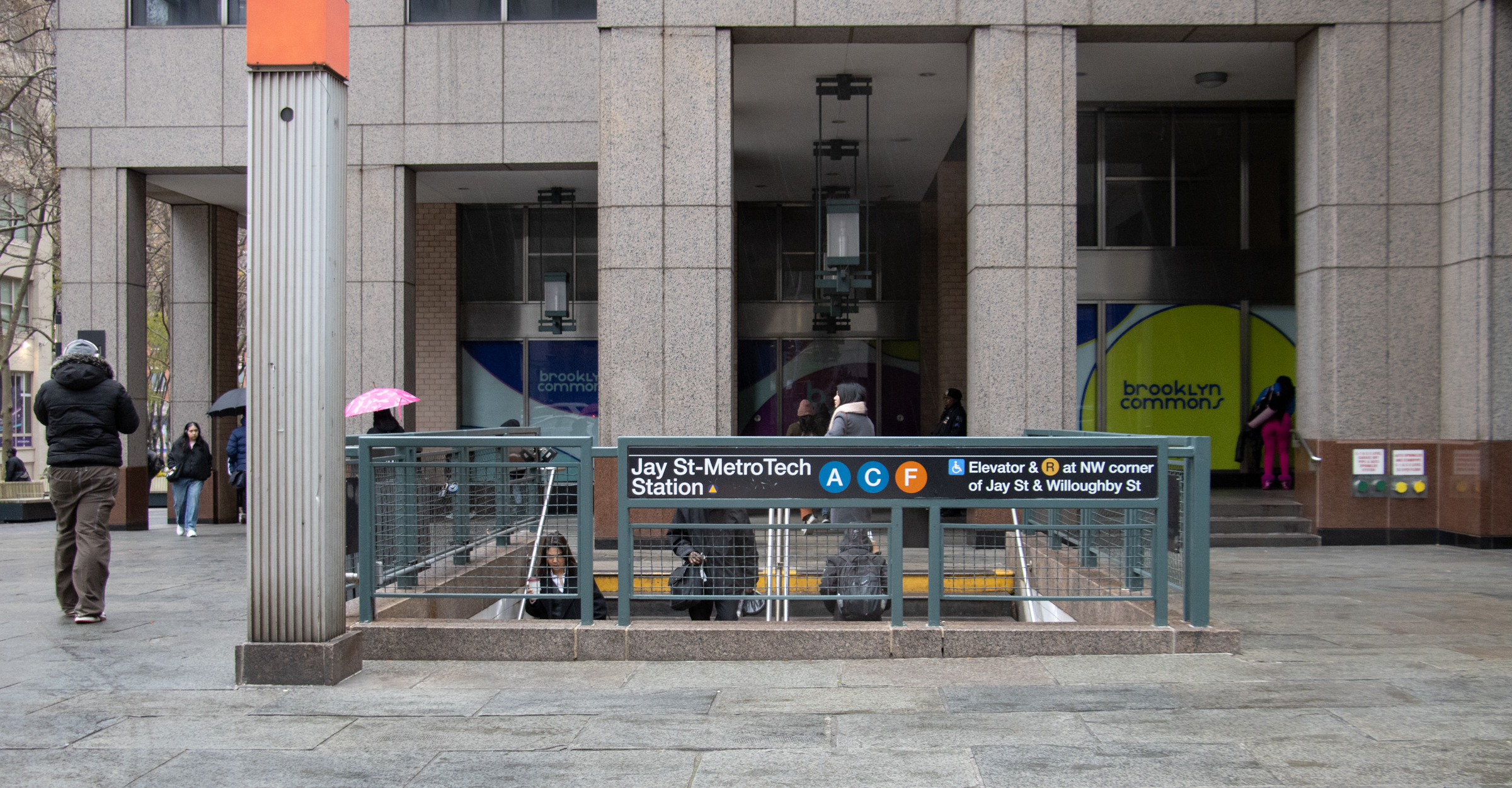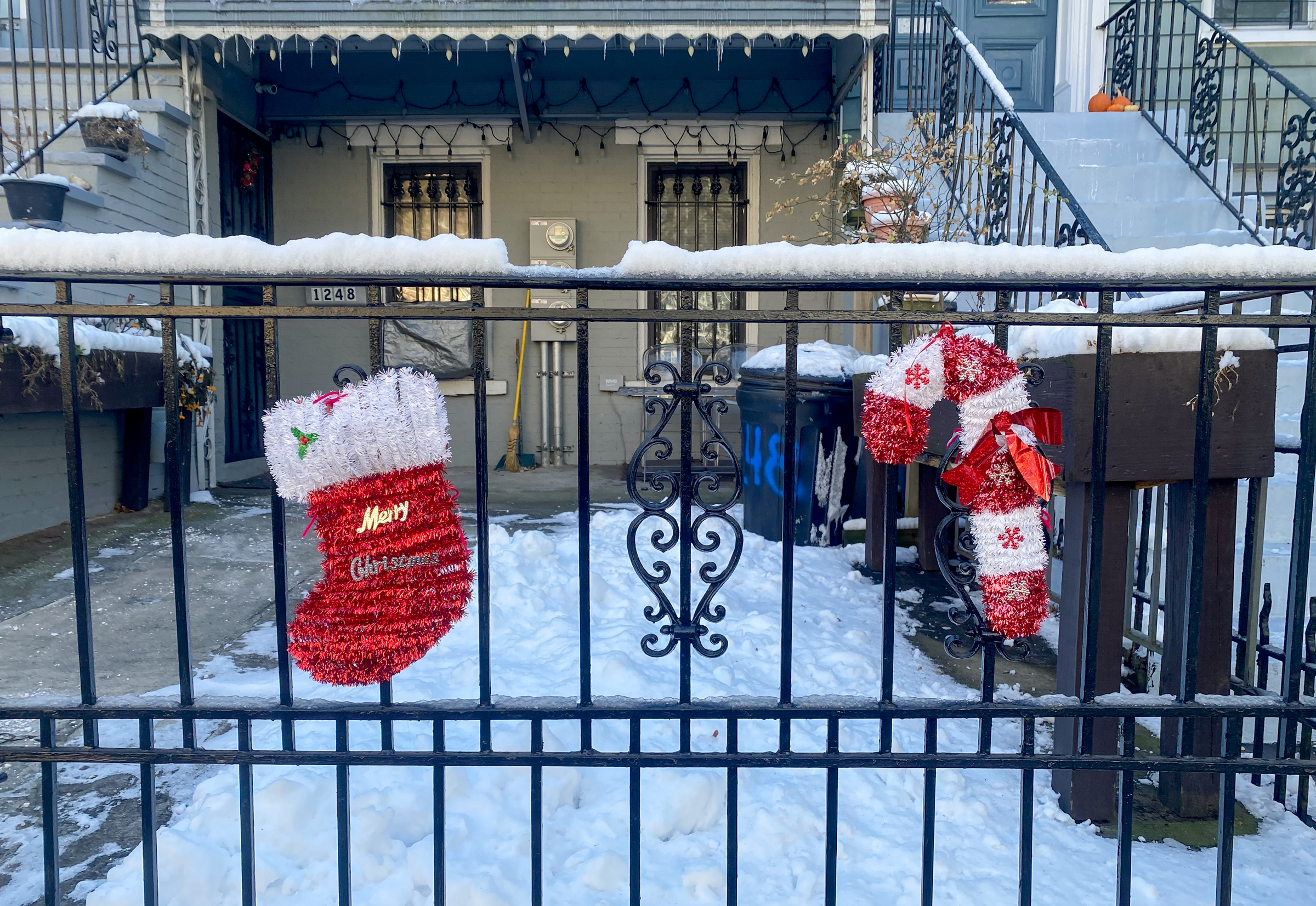Inside Third & Bond: Week 3
After discussing last week how they snagged the deal when the first buyer balked, the folks at the Hudson Companies talk this week about lining up the various professionals needed to see their condo project at 11 Third Street in Gowanus from start to finish. Often times we’re asked, what does a developer do? We’re…


After discussing last week how they snagged the deal when the first buyer balked, the folks at the Hudson Companies talk this week about lining up the various professionals needed to see their condo project at 11 Third Street in Gowanus from start to finish.
Often times we’re asked, what does a developer do? We’re not the architect, nor the contractor nor the lender nor the management company, so what exactly is our role? Well, one thing we do is hire everyone else.
When you start, you first have to assemble your development team based on your vision for the project. Our concept, as discussed in the first posting, was straightforward: walk-up condo townhouses, each approximately 20 feet wide, each containing 4 to 5 units, that would be a quality product, sell for $700-$800/sf and cost $230-250/sf to build. Our development team has to reflect that vision, and our ability to work well with everyone will determine how successful the project is.
For the architect, we hired Rogers Marvel. They had just completed 14 Townhouses on State Street, and we were very impressed with the design—particularly how the new townhomes blend with the historic townhomes across the street without succumbing to imitation and how the streetscape manages to avoid monotony even though it’s more or less the same building repeated 14 times. We appreciated that both partners showed up to the initial meeting—definitely a good sign that this would be a priority for them. When we meet with new architects, we always try to sense how responsive they will be to our concerns. We don’t want a tense dynamic to develop where the architects are designing a custom home anticipating a photo spread in a magazine, and we’re just desperate to bring the job in on budget. We liked them right away and got excited by the really cool models they promised.
For the broker…
…we hired Leslie Marshall and Jim Cornell of Corcoran. They sold 14 Townhouses and L3, a nearby condominium on Luquer Street which we see as extremely comparable to our development, and we hope to get great input from Leslie and Jim regarding our future buyers. The conversation with Leslie and Jim started more than a year ago when we first bid on Third Street. The dialogue with brokers early on goes something like this: Leslie, we’re bidding on a site, Third and Bond, what’s the number? Can I get $700 or $750? Everyone assumes you’ll figure out the details later if you get the site, since 9 out of 10 early phone calls go nowhere.
Now that it’s a real project, broker input is critical regarding amenities, floor plans, price points. What we don’t want to hear is a laundry list of endless items that the building must have. That’s easy to do. What we’re looking for are priorities about where to spend our limited dollars: the appliances, central air, ceiling height, marble baths, etc, etc. Every feature has a budget value and we need to assess where to splurge and where to save. We think Leslie and Jim will be extremely valuable in giving us thoughtful direction.
We’re also, mostly at Alison’s insistence, giving serious thought to going green for this project and building it LEED-certified. Again, we need the right consultant and want to understand what this means and what’s the impact on construction, marketing, scheduling, budgeting, and oh yes, the environment. To hold our hand and lead us in this task, we hired Steven Winter Associates (SWA).
With these hirings, we’re already a little over our soft costs budget. It’s not time to panic, but you have to watch each line item. You don’t want to look up in January and say, how did our break-even costs rise to $690/sf?
So, we’ve started weekly project meetings at Hudson with Rogers Marvel, Corcoran, SWA, Plus Group (our mechanical engineer), Severud Associates (our structural engineer), Dewberry (our civil engineer) and our expeditor, Irene Berzak. Usually we’ve worked with at least three quarters of the development team on prior projects and we all know each other well. With this team, we’ve only worked with Irene before, probably because this townhouse product is different than what we usually do. So we’re a bunch of strangers working together for the first time on a time sensitive project with pressing goals and a lot of complex design work to get done. A bold beginning, indeed.
In response to Guest 4:02 who asked about floor plans, renderings, green design and parking, the idea is to explore here all of these issues and more as the development evolves. Stay tuned.
From our lawyers: This is not an offering. No offering can be made until an offering plan is filed with the Department of Law of the State of New York.”
Inside Third & Bond: Week 2 [Brownstoner]
Inside Third & Bond: Week 1 [Brownstoner]





FWIW, the Propertyshark “toxic sites” map says there’s a brownfield in the lot bound by 2nd/1st and Bond/2nd Ave, and a hazardous waste storage/treatment/disposal site right across the street. Anybody know the current status on these sites?
hey guest 10:12, check out last week’s posting where they talked about the site not having the toxic problems that the whole foods site does, which is on the other side of the gowanus to boot. unless you’ve done the phase 1 and 2 yourself, i wouldn’t be so certain there’s major contamination.
also, building on a greenfield would be anti-“green.” not building on a brownfield.
An expeditor helps the development team get through the city bureaucracy– obtaining building permits, helping negotiate exemptions, filing for certificates of occupancy, etc.
The civil engineer designs the site infrastructure (site drainage, retaining walls, utility connections, etc.) outside the building. The structural engineer designs the structure (beams, columns, walls) of the building but has no scope outside the building footprint. It’s confusing sometimes because in university civil engineering includes structural engineering (as well as transportion, geotechnical engineering, etc.) but in professional practice they are separate disciplines.
herway: While I agree with your feelings about the “viral nature of the internet” I really don’t see why anyone who isn’t you would be interested in your wedding plans. No offense….
okay, we’ll “stay tuned” but please know that parking is a big concern for all the current residents on the block. 40 units translates into a lot of people/cars…
How come not one person has not mentioned that these buildings are being built on a toxic waste dump that needs a serious enviromental clean up?
THe Whole Foods site sits vacant for 4 years? Why? Because every chemical known to man is in the ground. Third & Bond is only a block and half away, how is the ground much different? The ground is soft and and in a flood zone.
Um what else, a sewage system that can’t even handle the population that lives there now. Ask ANY resident on Bond Street about THAT! It’s laughable when you guys talk “green” when you are building on a “brown field” & a flood zone.
PS-I have a blog and live on Bond St. No track back here….
…and besides, the URL is linked to a profile that first has to be accessed by other readers.
As a daily reader I find it rather interesting to know what other commenters/readers have going on. Perhaps they have started writing about a related (or even unrelated!) topic like green building or floral design on Long Island or a distant neighborhood and provide a unique perspective. To me, it fits with the viral nature of the internet. The last you’ll hear o f me on this thread.
Easy Guests 2:11 and 2:38…breathe….not a spammer folks. true fan of Mr. B’s work. And given the content and updates of my blog I really don’t ‘care’ for traffic – if people find some of the content interesting (how I cope with planning my Fall 2008 wedding) then that’s cool. If not, close the page. Isn’t that how they all work?
I enjoy the blog. Part of the reason contractors get vilified is because people only see when things go wrong.